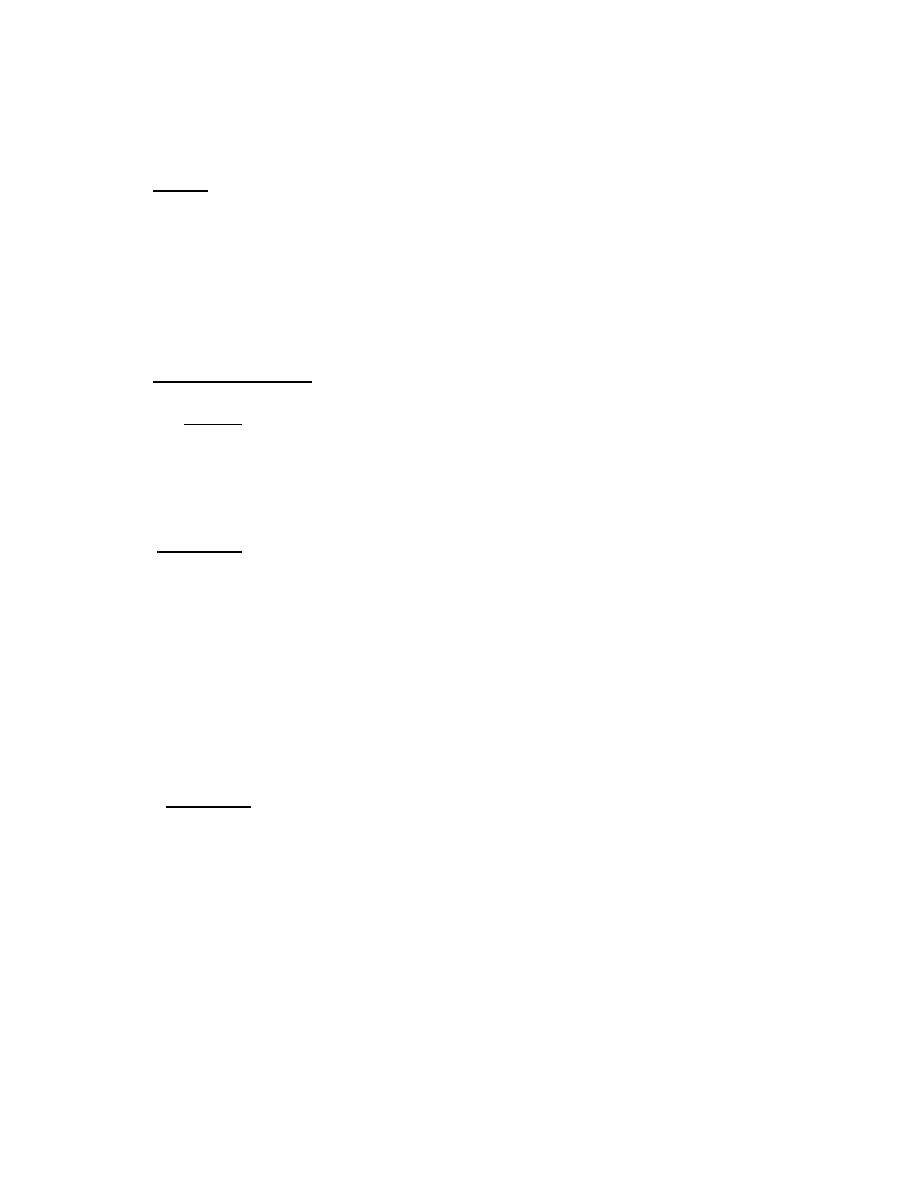

Custom Search
|
|

|
||
 gripping face of the safety parts is correct. Check the specific requirements of paragraph 26.4.6
of A10.4 when making this inspection.
9.5.6 Buffers
Check condition of buffers. Buffer requirements are similar to those of elevators. Be sure that
means are provided to maintain buffer oil temperature above pour temperature when air
temperature goes below pour temperature.
9.6 OVERHEAD MACHINERY SPACE AND MACHINE ROOM INSPECTION
9.6.1 Wire Rope Inspection
9.6.1.1 General. Hoisting ropes must be examined from the machinery space or sheave space
or from the car top. It should be noted that it is not possible to describe the inspection procedure
for every single type of wire rope installation nor to outline every detail of the inspection
procedure. The inspector should use his best judgement in making the inspection and in
selecting his location from which a proper examination of the rope can best be made.
9.6.1.2 Inspection. Internal breakage of wire ropes is difficult to detect, and consequently may be
a greater hazard than surface wear. The surface of the rope may show little or no wear, but if the
rope is bent over a short radius, the individual wires will snap and in extreme cases the rope may
be broken by hand. Such failures are more likely to occur where the ropes are lightly loaded and
the ratio of sheave diameter to rope diameter is small.
The lengths of all wire ropes in a set of suspension ropes, and consequently the rope tensions,
should be substantially equal if maximum rope lift and efficiency are to be obtained. If the
tensions do not appear to be substantially the same, equalization of the rope lengths should be
recommended. If ropes are dirty or overlubricated, a proper inspection may not be possible
unless the dirt or excess lubricant is removed.
9.6.1.3 Lubrication. The lubrication of a wire rope applied during its manufacture may not last
the full life of the rope and the rope may have to be relubricated periodically. Proper lubrication
of suspension ropes will prolong rope life by reducing abrasive action of wire on wire or strand
on strand and will retard deterioration of the fiber cores, eliminate distortion of the rope, and
retard corrosion by providing a moisture repellant coating. As a practical guide to the need for
lubrication, a finger wiped in a sheave groove should show a faint smudge and have a slightly
oily feel. If this test leaves the finger dry and clean, lubrication is advisable. Excessive or
improper lubricants may, in the case of traction elevators, seriously reduce the available traction
and cause rope slippage. The lubricants and the amount used should be limited to those supplied
or approved by established elevator or wire rope manufacturers. Slide of the ropes during
9-9
|
 
|
|
 |
||